Keep These 3 Items at Home — They're Instant Home Remedies
From small cuts to close encounters with skunks and many other minor mishaps, you'll be glad you had these items at home and on hand. Then you can deal with these 8 incidents as they happen - no need to run out and buy supplies at inconvenient times. Get prepared today.

STORY AT-A-GLANCE
- Many people look in their cabinets first to treat minor health issues — theirs or their animal companion’s
- There are a number of household items many of you probably have on hand that can serve a dual purpose as health remedies
- Good things to have in your cabinet include canned 100% pumpkin, povidone iodine, apple cider vinegar, ginger, coconut oil and 3% hydrogen peroxide
Editor's Note: This article is a reprint. It was originally published October 26, 2016.
Many pet parents look in their cabinets first to treat minor health issues in their animal companion.
There are a number of household items many people have on hand that can serve a dual purpose as health remedies. Good things to have in your cabinet at all times include canned 100% pumpkin, povidone iodine and 3% hydrogen peroxide.
8 Home Remedies for Minor Dog Emergencies
- Problem: Constipation, Diarrhea and Other Minor Digestive Issues

Solution: Canned pumpkin — It's a good idea to keep a can of 100% pumpkin in your kitchen cabinet for occasional mild tummy upsets.
Give a teaspoon of pumpkin for every 10 pounds of body weight, one to two times a day, either in food or as a treat. Pumpkin is rich in soluble fiber that can ease both diarrhea and constipation. - Problem: Minor Skin Abrasions, Cuts, Infections or Hot Spots
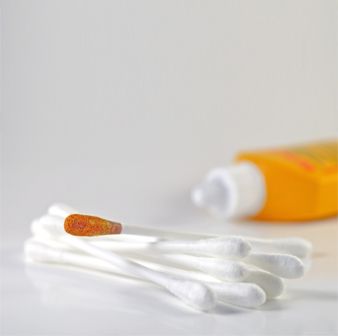
Solution: Povidone iodine — Povidone iodine (Betadine) is a gentle disinfectant that can take care of staph, yeast and almost any common bacteria. It doesn't sting or irritate the skin, and it's safe if your pet licks it.
Dilute the povidone iodine until it's the color of iced tea, soak a clean cloth in it and gently wipe the soaked cloth over the infected areas of your pet's skin. Rinse the cloth and wipe it over the skin, then pat dry.
I recommend you do this disinfecting process twice a day if your dog has a minor skin infection or other problem. - Problem: Itchy, Irritated Paws
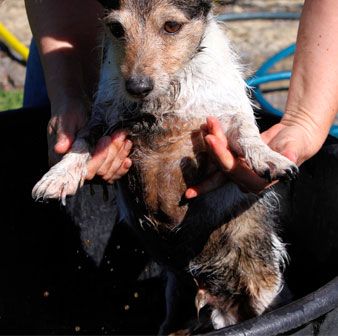
Solution: Footbaths — Did you know about 50% of your dog's foot licking and chewing can be alleviated by mechanically removing allergens and other irritants collected on a dog's paws? "Mechanically removing" simply means rinsing them off.
For big dogs you can use a bucket and soak one foot at a time. Little dogs can stand in a kitchen or bathroom sink. Dilute povidone iodine with water to the color of iced tea and add it to the footbath. Swish it around while your dog stands in it for from two to five minutes.
If your dog is antsy about being in water, talk to him in soothing tones, and of course, offer him treats. Also try dunking one paw at a time in a container of solution versus putting him in the tub. - Problem: Fleas

Solution: Apple cider vinegar — Apple cider vinegar (ACV) doesn't kill fleas, but it can help to keep them off your dog. One of the simplest approaches is to make a solution of equal parts ACV and water.
I recommend using raw, organic ACV. Add the mixture to a spray bottle and spritz it on your pet before he heads outdoors. You can also spray his bedding. Consider adding ACV to your dog's food as well, in the amount of 1 teaspoon for every 20 pounds of dog. And during baths, you can pour diluted ACV over your dog as a flea-preventive rinse at 1 cup of vinegar to 1 gallon of water.
Pour it over your freshly bathed dog (avoid his head), massage into his coat and towel dry. Don't rinse. Alternatively, you can add about two cups of apple cider vinegar to his bath water. - Problem: Upset Tummy
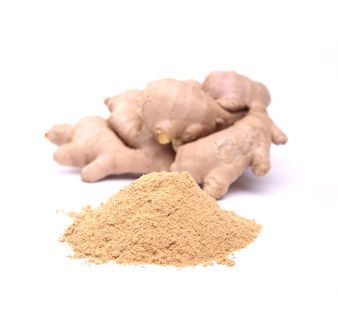
Solution: Ginger — Mix either fresh ground ginger or the dry herb into a tasty meatball or other yummy treat. Use 1/8th teaspoon for dogs under 10 pounds; 1/4 teaspoon for medium-sized dogs; 1/2 teaspoon for large dogs and 3/4 to 1 teaspoon for giant breeds.
Give the ginger infused snacks one to three times a day as needed. And if your dog's problem is motion sickness, be sure to give it to her at least an hour prior to travel. Alternatively, you can add 1/4 cup ginger tea per 20 pounds to food daily as needed. - Problem: Crusty Skin and Nails
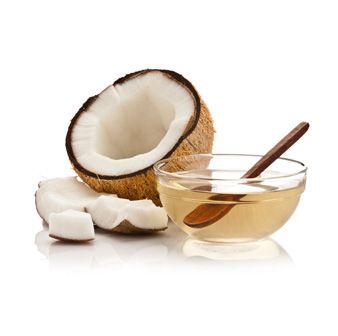
Solution: Coconut oil — Coconut oil (I recommend 100% organic, cold-pressed and human grade) skin treatments can be very beneficial, especially for seniors with crusty patches of skin and funky nails. The treatments help reduce flaking and improve the integrity of the skin.
They also support the lipid barrier, which makes skin healthier and more resistant to pathogens like yeast and opportunistic bacteria.
First, bathe your dog, and then rub the oil into the skin all over his body, paying special attention to dry areas. Let it absorb into the skin for about five minutes. Follow with another bath (not too much lather) and a very light rinse. You can also dab it directly on hotspots, eruptions and rashes after disinfecting. - Problem: Skunk Encounter
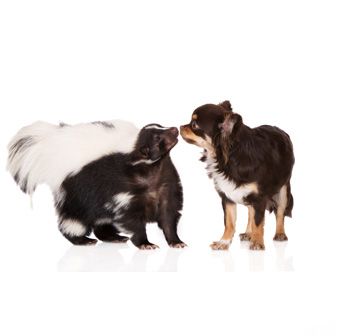
Solution: Skunk rinse — Tomato juice isn't nearly as effective as this recipe, and it's easy to follow. In a pail, mix 1 quart 3% hydrogen peroxide (the drugstore variety), 1/4 cup baking soda and 2 teaspoons dishwashing liquid. If you have a large breed dog, you may need to double, triple or even quadruple the mixture.
Apply the mixture to your dog's dry coat, taking care to avoid the eyes. Massage the mixture into the coat and skin for about five minutes or until the skunk smell starts to dissipate. Use a sponge to apply the solution to the chin, cheeks, forehead and ears, if necessary, being very careful not to go near the eyes.
Rinse thoroughly once the smell starts to decrease. When you rinse the head area tilt your dog's chin upward so the solution does not run into the eyes. You may need to repeat the lather and rinse process up to three times. Make sure to completely rinse the solution off your dog. - Problem: Toxin Ingestion

Solution: Hydrogen peroxide to induce vomiting — Use 3% hydrogen peroxide and give 1 teaspoon (5 milliliters or ccs) for every 10 pounds of dog weight.
You can mix it with a little vanilla ice cream to encourage your dog to get it down, or try using a little bit of honey, or simply syringe it down her throat if necessary.
Walk your dog around for a few minutes to get her moving, which will help the hydrogen peroxide do its work, which typically occurs within about 15 minutes. If your dog doesn't vomit in 15, give her a second dose. If after another 15 minutes she still hasn't vomited, call your veterinarian.
Do NOT induce vomiting if your dog is throwing up already; has lost consciousness or can't stand; it has been over two hours since she ingested the toxin or if she has swallowed bleach, drain cleaner or a petroleum distillate. These chemicals can cause burning as they are swallowed, and secondary additional burns as they come back up. Seek veterinary care immediately.











